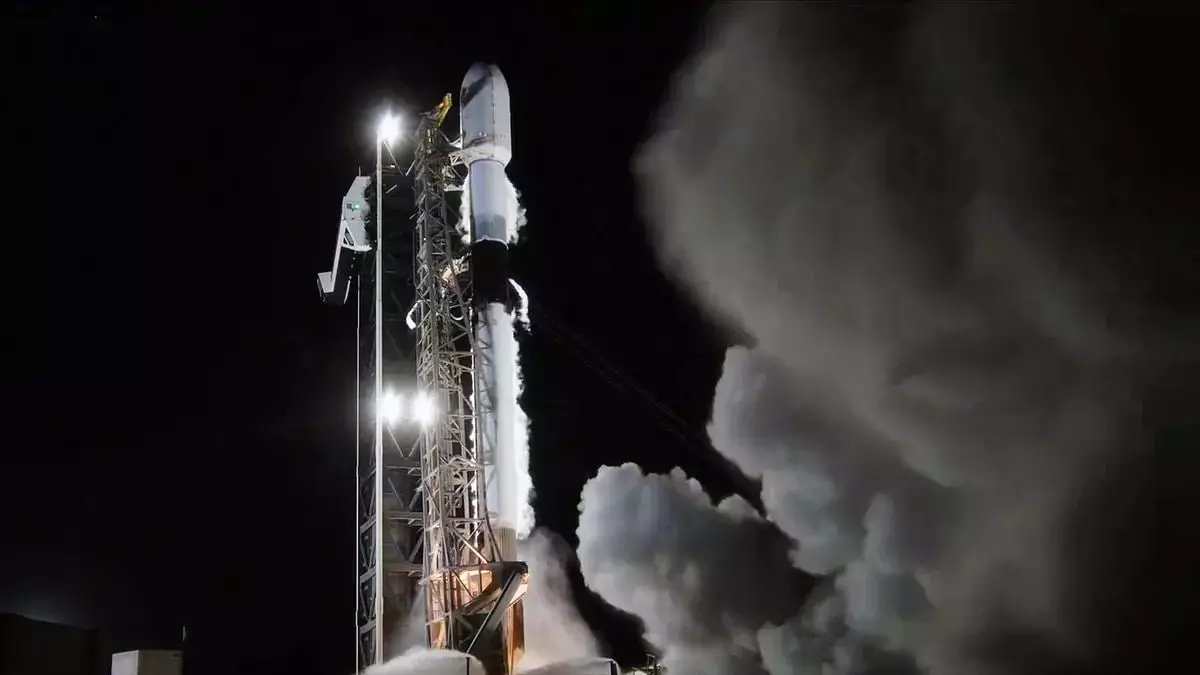On April 21, 2024, the night sky over Cape Canaveral was lit up by the brilliant ascent of the Falcon 9 rocket—a spectacle that has become commonplace yet remains breathtaking. This particular launch marked SpaceX’s Bandwagon-3 mission, a bold venture taking aim at reshaping the landscape of space logistics. What stands out notably is that aboard the rocket was Phoenix 1, a groundbreaking reentry capsule developed by Atmos Space Cargo, which heralds Europe’s first attempt at atmospheric return for a privately funded spacecraft.
This endeavor stirs excitement not merely due to its technical specifications, but because it signifies a pivotal moment for European aerospace—a sector frequently overshadowed by American dominance. With the gravity of this venture, one cannot help but ponder whether this mission will sprout a new breed of operational autonomy among European companies striving to keep pace with their American counterparts.
Technological Ambitions and Innovations
Atmos Space Cargo envisions its Phoenix 1 capsule as a versatile harbinger of innovation, particularly in pivotal areas such as microgravity research and in-orbit manufacturing. The allure of cutting-edge technologies, such as an inflatable heat shield designed to protect high-value cargo, suggests that Europe is no longer content with being a passive player in the space arena. Rather, it is keen to take center stage and carve niches in areas that were once considered bastions of technology held by a few well-established firms.
The significance lies not only in the capsule’s capabilities but also in the broader narrative surrounding it—the notion that European ingenuity is in the ascendancy, challenging the gravity (both literal and metaphorical) of existing aerospace powers. The successful reentry of Phoenix 1 could very well act as a catapult, elevating Europe’s strategic interests in both commercial and defense sectors, and signaling an era where European firms no longer need to depend on collaboration with American organizations to achieve breakthroughs.
Collaborative Progress in Space Exploration
Amidst a trove of excitement, we must also recognize the diverse payloads that traveled alongside Phoenix 1, marking another leap towards cooperative space exploration. The presence of satellites like 425Sat-3 and Tomorrow-S7 reflects the collaborative spirit that is essential for translating visions into tangible results. SpaceX’s commitment to offering affordable ridesharing options opens avenues for smaller enterprises and startups, thus catalyzing innovation across sectors that were once deemed too costly to penetrate.
Yet, beneath this tapestry of collaboration, there lies the pressing perspective that while such partnerships are vital, the European aerospace sector must also develop strong, self-sufficient capabilities. As the space race progresses, the ability to rapidly adapt to new technologies and missions will dictate the future of success. Fostering an ecosystem where talent and technology can flourish devoid of reliance on external entities is imperative for any meaningful and sustained progress.
In the broader scope, the mission intertwined with Bandwagon-3 is an emblematic reflection of a paradigm shift. The capabilities that are demonstrated could reshape not only Europe’s aerospace ambitions but could serve as harbingers of profound changes in how we perceive and organize space exploration and logistics. If Europe can refine its approach and assert its identity in the space sector, it stands to gain not just as a player but as a leader.

